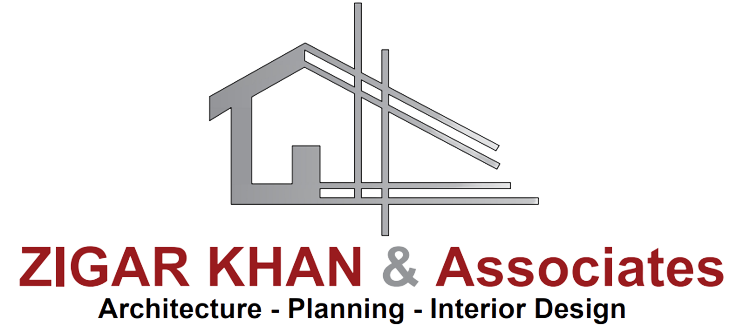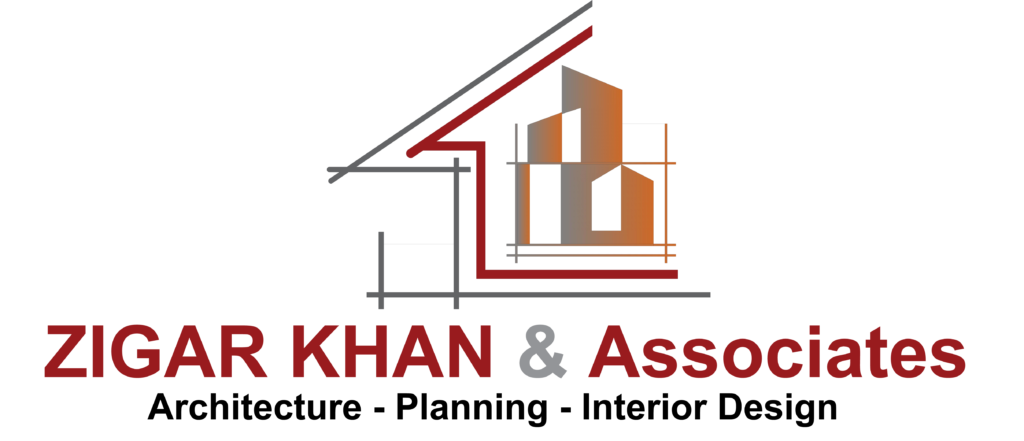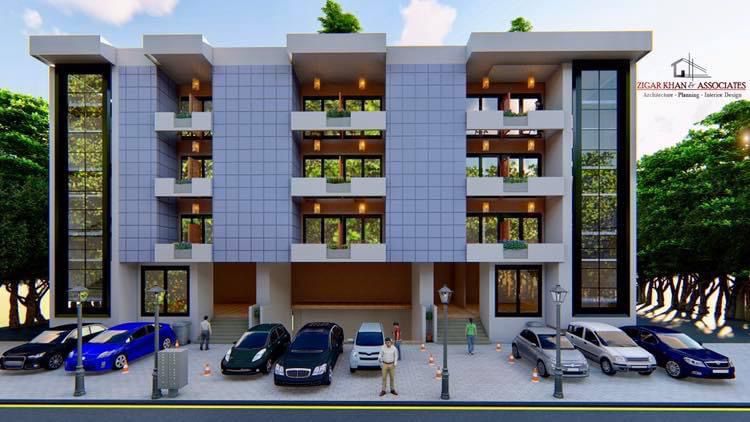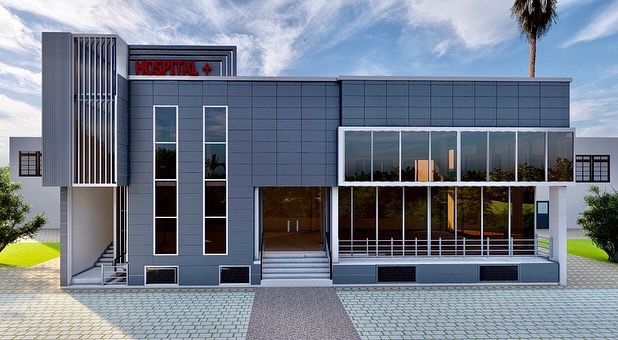Energy efficient buildings are structures that are designed to use minimal energy to operate and maintain comfortable and safe indoor environments. They achieve this by incorporating features that conserve resources, reduce emissions, and lower operational costs. Some examples of energy efficient building features might include optimized insulation, energy-efficient lighting, reflective roofing materials, low-flow plumbing fixtures, and HVAC systems that are designed to use less energy. Additionally, energy efficient buildings may use renewable energy sources such as solar or wind power to further reduce their carbon footprint. The benefits of energy efficient buildings include lower energy bills, improved indoor air quality, and a smaller environmental impact.

Here are some energy efficient building materials that can help reduce energy consumption in buildings:
-
- Insulated concrete forms or insulated concrete blocks
-
- Structural insulated panels (SIPs)
-
- High-performance windows and doors
-
- Radiant barriers for roofs and walls
-
- Cool roofs and green roofs
-
- Energy-efficient lighting and smart lighting controls
-
- HVAC systems with high Seasonal Energy Efficiency Ratio (SEER) ratings and Energy Star certification
-
- Piping insulation and duct sealing
-
- Low VOC or formaldehyde-free insulation materials
-
- Recycled or reclaimed building materials
These materials can help reduce heat gain and loss, block thermal bridges, and improve indoor air quality and comfort, making buildings more energy-efficient, durable, and environmentally friendly.











2 Responses
vurcazkircazpatliycaz.w14Sor1Y27Oy
dioceses xyandanxvurulmus.ol2p06bXVfXM